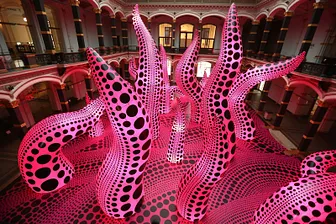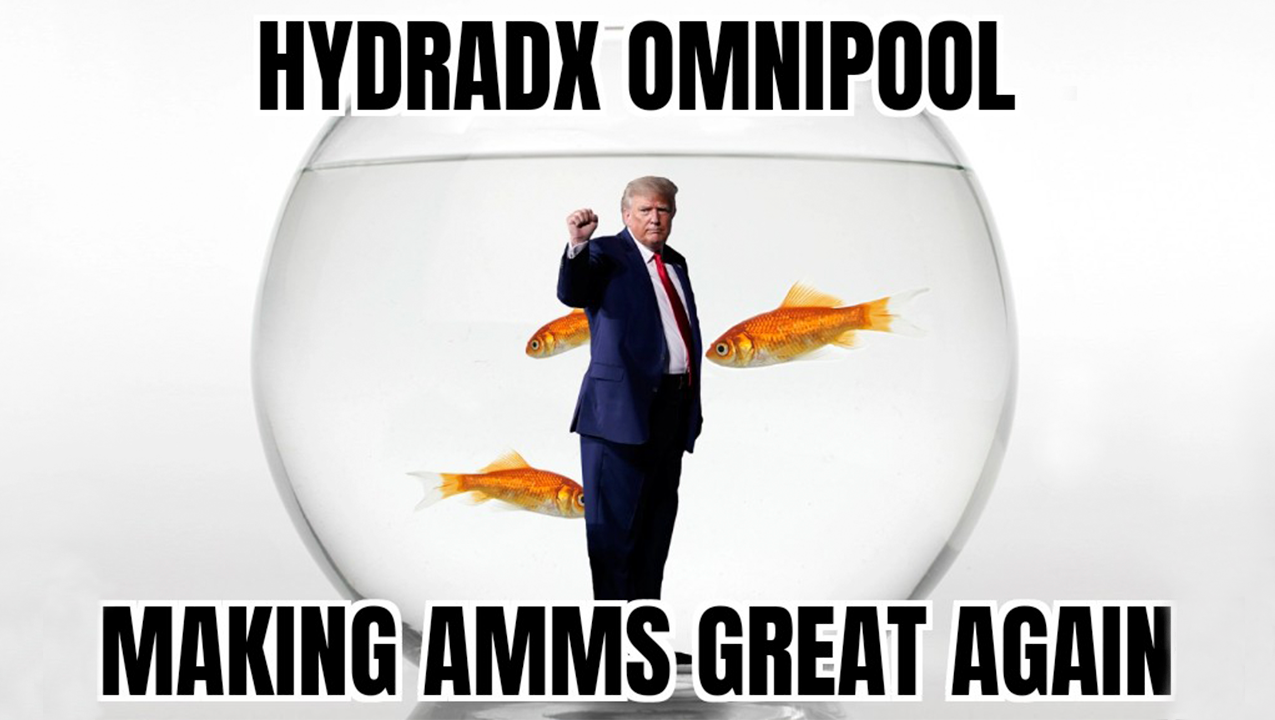In the previous post, we explained our motives for forwarding decentralization - adaptive tribalism and accumulating squad wealth. This sequel lays down the mechanism which we will use to transfer the power to the tribe of Hydraheads - democracy.
Starting from 15 September 2021 onwards, HydraDX will be transitioning to a fully decentralized governance mode. The applicable mechanisms build upon the Substrate democracy pallet which is also used for the governance of Polkadot and Kusama.
For our democratic tribe to prosper, there are at least two basic requirements which have to be met. The first is active participation of the community members. We need people to “run for office” (apply for Council membership) and to vote for the candidates who they think will best represent the interests of the tribe.
The second prerequisite is knowledge - of the democratic mechanism, of the system of shared tribal values, which prevents the electorate from making ignorant decisions which are detrimental to the tribe.
This post contains an appeal to all Hydraheads to inform themselves about the mechanics which will come to govern the HydraDX protocol, and to participate actively. We are investing a great deal of effort into making the governance process transparent and easy to understand for everyone.
If you feel that you are ready to open the box of Pandora, you can go ahead and start with the Learn / Democracy section of our Docs. For a degen summary, continue reading below.
HydraDX Council
The first notable change will take place in the HydraDX Council which currently holds one sole member - the Galactic Council. Decentralization will see the HydraDX Council grow to 13 members. The founding team and investors are practically giving up the control and keeping a minority share of 6 seats (4 founders + 2 investors). The remaining 7 seats are up for the grabs.
The main responsibilities of the HydraDX Council cover a range of day-to-day activities such as Treasury management and initiating referenda. After a reasonable period of testing the governance (several weeks), the funds raised during the LPB event will be transferred to a multisig wallet controlled by the Council, or a specific Treasury Committee appointed by the Council. For more details on the other tasks and responsibilities of the HydraDX Council, please refer to this Docs section.
Any holder of HDX can apply to become a Council member. Council members are elected every 7 days for a term which covers the following 7 days. The composition of the Council is decided by members of the wider community who can vote for one or more of their favourite candidates by locking some amount of HDX tokens. More information on how the Council elections function can be found here.
Don’t forget to check out our step-by-step guides on participating in Council elections - voting for a Council member and applying as a Council member.
Referenda
In the democratic tribe we envision, decisions are taken for the people and by the people. The central tool the HydraDX tribe uses to reach consensus is the referendum.
Referenda allow community members to propose actions which have an impact on the protocol. The range of actions is big - think of a simple notion, a Treasury proposal, or even a change in code (leading to a runtime upgrade). Referenda can be initiated by three groups of parties: the wide community, the HydraDX Council and the Technical Committee. For more information on how these parties can initiate a referendum, please refer to this article.
Generally speaking, only one referendum is brought to a community vote at a time - the one with the highest backing (“seconding”). The voting period for referenda is 3 days. After a referendum has been approved, there is an enactment period of 3 days during which the implementation of the proposal is frozen.
Community members can vote in a referendum using a weighted, stake-based mechanism. For this purpose, they need to lock an amount of HDX of their choice for a duration which they choose. During the lock period, the tokens cannot be transferred, however they can be used for staking and voting. The weight of the vote is determined by two factors: the amount of tokens locked, and the so-called conviction multiplier which grows as the chosen lock period increases.
There are three different voting modes which determine the threshold of votes required to accept or reject a referendum. Which voting mode applies depends on the question how the referendum was initiated.
For a meaningful participation in referenda, we strongly encourage you to read through the detailed explanation of how voting in referenda works. Once you are ready, you can follow the step-by-step guide on voting in referenda.
Technical Committee
Finally, we will be founding a Technical Committee which consists of 6 experienced core developers whose responsibility is to safeguard the technical side of the protocol. The Technical Committee has the powers to propose fast-tracked referenda and to cancel referenda which might hurt the technical foundation of HydraDX. Members of the Technical Committee can be (re)appointed by the HydraDX Council. For more information, please refer to this page.
The plan for democratization of our tribe brings us one step closer to our ambition of becoming a truly decentralized, community-first project.
See y’all at the Council elections!






